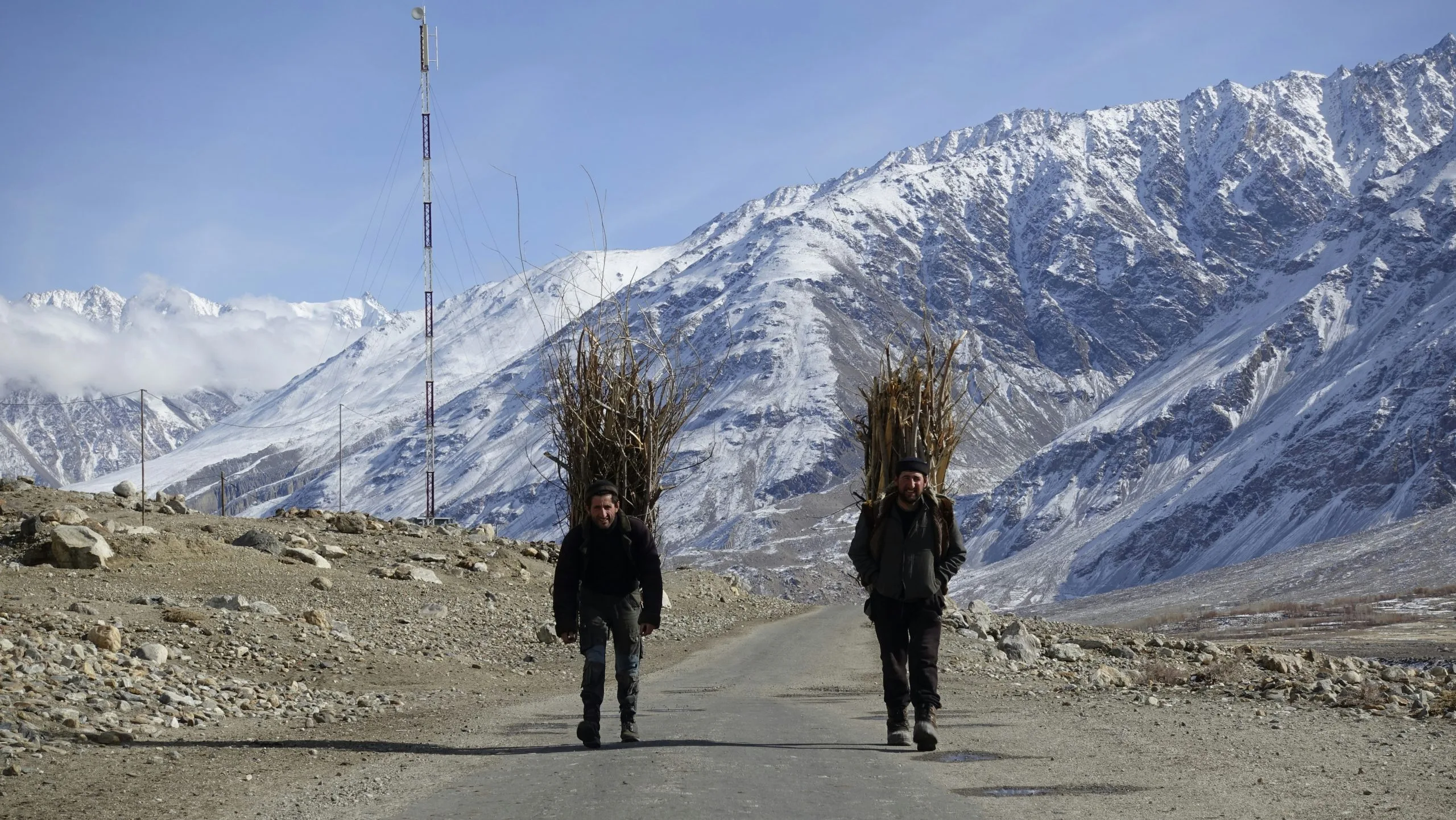It can’t go on, but it will. March 2024 saw much of Europe record its highest ever temperatures while globally March was the hottest on record and the tenth straight month of historic heat.
Though cooler air (and possibly even some late spring snow) is currently making its way across much of Europe, April has so far seen the trend continue—Slovenia, Croatia and Bosnia and Herzergovina were just a few countries that have seen April temperatures top 30°C for the first time, according to Severe Weather Europe, which monitors weather extremes across the continent.
That climate change is one of the most formidable challenges of our time should no longer come as a news to anyone—and its potential implications for economies across emerging Europe could be particularly severe unless mitigation and adaptation strategies essential for regional stability are put in place.
From the Baltic states down to the Balkans, the region is experiencing significant climatic shifts. According to data from the European Environment Agency, the region has been witnessing not only increased temperatures, but also a rise in the frequency of extreme weather events, and varying precipitation patterns.
These changes are not just meteorological footnotes but are poised to inflict substantial economic disruptions.
Agriculture, the first victim
Agriculture, a vital sector in so many of emerging Europe’s economies, is particularly susceptible to climate change and is the likely first victim.
The region’s agricultural output is heavily dependent on rainfall and favourable temperatures. Studies, including those from the Intergovernmental Panel on Climate Change (IPCC), highlight that increased temperatures and altered precipitation patterns are likely to reduce crop yields significantly.
For instance, Ukraine and Poland, both agricultural powerhouses, could experience yield declines in staple crops such as wheat and corn by up to 20 per cent by 2050 under moderate climate change scenarios.
The economic ramifications of such agricultural disruptions are profound. Lower crop yields not only reduce agricultural output and increase food prices but also diminish export revenues that are crucial for these economies—the impact of a reduction in Ukrainian grain exports has already been demonstrated by Russia’s blockade of Black Sea shipping in the early months of its war on the country.
Ukraine is often referred to as the ‘breadbasket of Europe’ and is one of the world’s largest grain exporters. The country’s economy is heavily dependent on the agricultural sector, with key exports including wheat, maize, and barley. Fertile soils and favourable climate have historically supported robust agricultural output, but climate change is altering this landscape dramatically.
Increased variability in weather patterns, including unpredictable rainfall and extreme temperatures, poses a significant threat to Ukrainian agriculture. The country has already experienced several severe droughts in the past decade, notably affecting crop production in regions such as the steppe zone, which is critical for grain production. These droughts have led to reduced yields and have forced the country to reconsider its water management strategies and crop rotation practices.
The economic impact is profound. Reduced agricultural productivity not only affects farmers’ incomes but also impacts the entire supply chain, from processing and logistics to exports. A decline in grain exports could have a significant effect on Ukraine’s trade balance and weaken its position in global agricultural markets.
Furthermore, rural communities in Ukraine are especially vulnerable to these changes. Many are not equipped to handle the shifts in agricultural practices required by changing climate conditions, leading to potential increases in rural poverty and migration to urban areas.
Water resources: Scarcity and conflict
Water scarcity is another critical challenge exacerbated by climate change. The Danube River Basin, which serves as a major water source for countries like Romania, Bulgaria, and Hungary, is vulnerable to reduced rainfall and higher evaporation rates due to rising temperatures.
According to the World Wildlife Fund (WWF), over the past 150 years, the Danube basin and its wetlands have been much abused. The main threats are unsustainable flood management plans, navigation and hydropower.
Moreover, dikes, dams and dredging have straightened large parts of the river. More than 80 per cent of wetlands have been lost, and with them the services they provide, like flood protection, fuel and food.
“Water is a shared resource, it doesn’t recognise national or property borders, so we need to work together to protect it,” said Andreas Beckmann, WWF-CEE’s Regional CEO at an event in Budapest earlier this month.
He also issued a compelling call to action to the businesses reliant on the Danube River Basin’s ecosystem services. He urged the private sector to take action for safeguarding vital freshwater ecosystems, ensuring the prosperity of people, businesses, and nature alike.
Stuart Orr, Freshwater Practice Lead WWF International, meanwhile made it clear that, “The bottom line is that businesses must not only accelerate action on water within their own fenceline but also urgently scale up collective action to build more resilient river basins. It’s time for companies—both existing water stewardship champions and those firms that have still not woken up to worsening water risks—to rise to the freshwater challenge and invest in nature-based solutions to restore healthy rivers because they are central to tackling water risks, adapting to climate change, reversing nature loss and driving sustainable development.”
Energy and climate
For the energy sector, climate change is often viewed as a double-edged sword.
On the one hand, climate change presents opportunities for the energy sector, particularly in the expansion of renewable energy sources like solar and wind power. On the other hand, it poses significant challenges. Thermal power plants, which still form a substantial part of the region’s energy mix, require large amounts of water for cooling. With decreasing water availability, these plants could face operational disruptions.
Furthermore, energy infrastructure across much of the region is often outdated and vulnerable to extreme weather events such as storms and floods, which are becoming more frequent and severe.
The economic costs of such disruptions are high, as seen in past instances where flooding and storm damage have led to prolonged power outages affecting thousands of businesses and homes.
Energy companies do at least appear to be aware of the challenge. In a recent opinion piece for Emerging Europe, Volodymir Shvedkyi, the CEO of ETG, an independent energy provider in Ukraine, highlighted the potential of the country’s renewable sector.
“Renewables decentralise the energy system, making it more reliable and resilient; secondly, it represents an investment in environmental sustainability—hence, our future,” he wrote.
A World Bank report released last month meanwhile lays out pathways for countries in the emerging Europe and Central Asia region to make the shift towards renewable energy and reduce their fossil fuel dependence, highlighting the intertwined benefits of the transition for energy security, sustainable growth, and affordability.
Charles Cormier, World Bank Regional Director for Infrastructure in Europe and Central Asia said that, “Our analysis provides countries in the Europe and Central Asia region with least-cost pathways towards fulfilling global commitments made at COP28. Our modelling shows that the region can increase its share of clean energy from nine per cent today to 75 per cent by 2060. This will only be possible with binding national commitments, targeted measures and investments.”
Clear and present danger
Climate change poses a clear and present danger to almost all of the economies of Central and Eastern Europe, threatening to undermine decades of economic progress and stability.
Addressing the economic threats necessitates comprehensive policy interventions. These include investing in climate-resilient infrastructure, promoting sustainable agricultural practices, and accelerating the transition to renewable energy.
Additionally, governments need to enhance their climate modelling and forecasting capabilities to better prepare and respond to climate risks.
Nevertheless, the same World Bank report warned that only nine countries in the region have set national net zero targets, with just five of them—Armenia, Bulgaria, Croatia, Kyrgyzstan, and Romania—aiming for 2050. Other countries are yet to set national net zero commitments.
Economic policies must also include mechanisms to support those most affected by climate change. Social safety nets, retraining programmes, and economic diversification strategies can help mitigate the negative impacts on vulnerable populations.
The region faces a critical need to integrate climate risk into economic planning and policy-making. Only by adopting a proactive approach to climate resilience can the region not only safeguard its economic interests but also set a global example in climate adaptation and mitigation.
As the world moves deeper into the 21st century, the actions taken by countries in emerging Europe in response to climate change will be closely watched and will likely influence global strategies in combating this ubiquitous threat.







